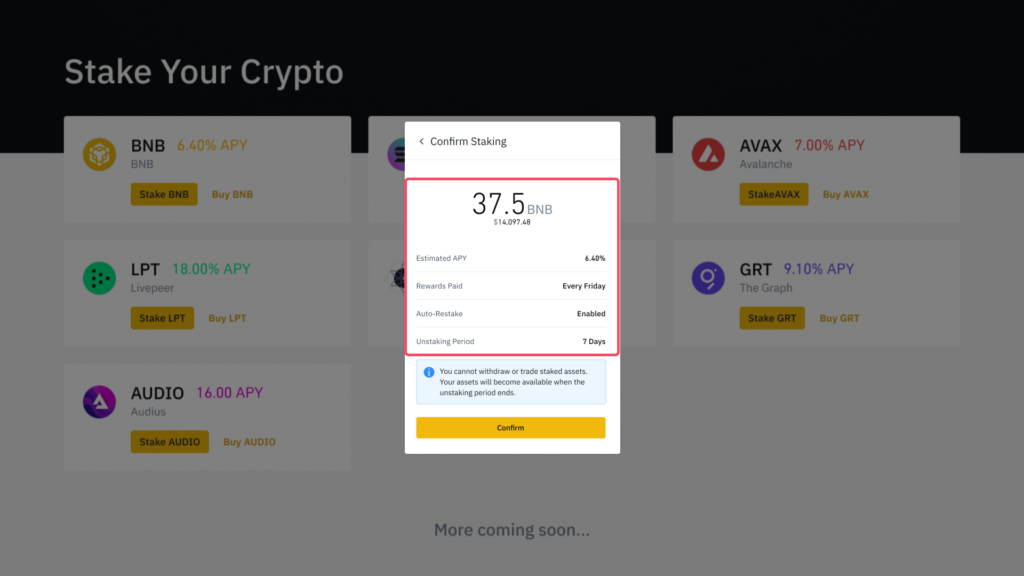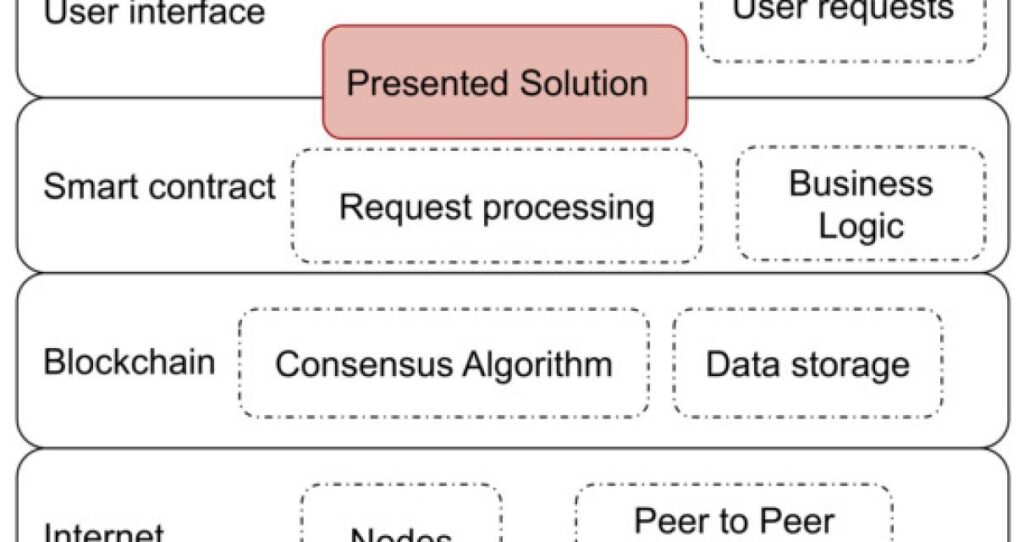As technology continues to advance, so do the methods of tracking, analyzing, and utilizing data. One of the most innovative and exciting developments in recent years has been the rise of blockchain analytics. Blockchain analytics refers to the process of examining data on a blockchain network to gain insights into user behavior, transaction patterns, and other valuable information.
At its core, blockchain analytics involves the use of specialized software and data analysis tools to extract meaningful insights from the vast amounts of data stored on a blockchain network. These insights can be used by businesses, governments, and other organizations to improve decision-making, detect fraudulent activity, and enhance the overall security and efficiency of blockchain-based systems. In this article, we’ll take a closer look at the world of blockchain analytics, exploring its history, its applications, and its potential to transform the way we think about data analysis and management.

What is Blockchain Analytics?
Blockchain analytics is a form of data analysis that helps to gain insights into the data stored on a blockchain. It is used to assess the performance of a blockchain and to track the activities of participants in the network. It can also be used to identify issues and anomalies, as well as to detect fraud and suspicious transactions.
The main purpose of blockchain analytics is to provide an in-depth understanding of the blockchain network, its participants and transactions. With the use of specialized tools, it can be used to uncover patterns, trends and correlations in the data, as well as to identify potential areas of improvement or opportunities for optimization.
Benefits of Blockchain Analytics
Blockchain analytics provides a range of benefits that make it a valuable tool in the blockchain world. It can be used to monitor transactions, identify suspicious activities, and detect fraud. It can also be used to analyze the performance of a blockchain network, as well as to identify areas of improvement or optimization. Finally, it can be used to gain insights into the data stored on the blockchain.
Using blockchain analytics, organizations can gain a more in-depth understanding of their blockchain networks and transactions. This enables them to make more informed decisions and develop more effective strategies. Furthermore, blockchain analytics can be used to track the activities of participants in the network, as well as to identify any potential issues or anomalies. This can help to mitigate risks and ensure the security of the network.
Applications of Blockchain Analytics
Blockchain analytics can be applied to a range of different use cases. It can be used to monitor and analyze transactions in the blockchain network, as well as to track the activities of participants. It can also be used to detect fraud and suspicious activities, as well as to identify areas of improvement or optimization. Additionally, blockchain analytics can be used to gain insights into the data stored on the blockchain.
Blockchain analytics can be used by organizations to gain a deeper understanding of their blockchain networks and transactions. This enables them to make more informed decisions and develop more effective strategies. Furthermore, blockchain analytics can be used to detect any suspicious activities or anomalies, as well as to identify potential areas of improvement. This can help to ensure the security and integrity of the blockchain network.
Tools for Blockchain Analytics
There are a number of different tools available for blockchain analytics. These tools can be used to monitor and analyze the data stored on a blockchain. They can also be used to track the activities of participants in the network, as well as to identify any potential issues or anomalies. Furthermore, these tools can be used to gain insights into the performance of a blockchain network, as well as to detect fraud and suspicious activities.
Using these tools, organizations can gain a more in-depth understanding of their blockchain networks and transactions. This enables them to make more informed decisions and develop more effective strategies. Additionally, these tools can be used to identify any potential areas of improvement or optimization. This can help to ensure the security and integrity of the blockchain network.
Frequently Asked Questions
Blockchain analytics is the process of collecting and analyzing data from a blockchain. The data collected from a blockchain can include transactions, addresses, and other data stored on a given blockchain. It involves using sophisticated tools and techniques to uncover previously hidden trends and insights.
What is Blockchain Analytics?
Blockchain analytics is the process of collecting, analyzing and visualizing data from the blockchain. It involves using sophisticated tools and techniques, such as data mining and machine learning, to uncover previously hidden trends and insights. Blockchain analytics can be used to improve the accuracy and speed of transactions, as well as to identify fraudulent activity on the blockchain.
How is Blockchain Analytics Used?
Blockchain analytics can be used to improve the accuracy and speed of transactions, as well as to identify fraudulent activity on the blockchain. It can also be used to analyze market trends, track cryptocurrency prices, and identify potential investment opportunities. By analyzing data on the blockchain, businesses can gain insights into customer behavior, as well as improve their own services.
What Tools are Used for Blockchain Analytics?
There are a variety of tools available for blockchain analytics, including data mining tools, machine learning algorithms, and visualization tools. Data mining tools are used to collect, organize, and analyze data from the blockchain. Machine learning algorithms are used to detect patterns and anomalies in the data. Visualization tools can be used to visualize the data in order to gain insights into the data.
What are the Benefits of Blockchain Analytics?
The benefits of blockchain analytics include improved accuracy and speed of transactions, increased security, and improved market insights. By analyzing data on the blockchain, businesses can identify fraudulent activities and gain insights into customer behavior. Additionally, blockchain analytics can be used to track cryptocurrency prices and identify potential investment opportunities.
What is the Future of Blockchain Analytics?
The future of blockchain analytics is bright. As the blockchain continues to evolve, blockchain analytics tools and techniques will become more sophisticated. This will enable businesses to gain deeper insights into customer behavior and the blockchain ecosystem, as well as identify potential investment opportunities. Additionally, blockchain analytics could be used to improve the accuracy and speed of transactions, as well as to detect and prevent fraudulent activity on the blockchain.
In conclusion, blockchain analytics is a critical tool in the world of cryptocurrency and blockchain technology. It enables businesses, governments, and individuals to monitor and analyze blockchain transactions, identify fraud, and mitigate risks. Blockchain analytics has become an essential component of regulatory compliance and anti-money laundering efforts, enabling authorities to investigate and prevent criminal activities on the blockchain.
As more industries continue to recognize the potential of blockchain technology, the importance of blockchain analytics will only continue to grow. It offers unparalleled transparency and security, providing a secure and trustworthy platform for transactions. As such, businesses and individuals must learn about and embrace blockchain analytics as they navigate the ever-evolving landscape of cryptocurrency and blockchain technology. By doing so, they can ensure that they remain competitive and at the forefront of innovation in their respective industries.



